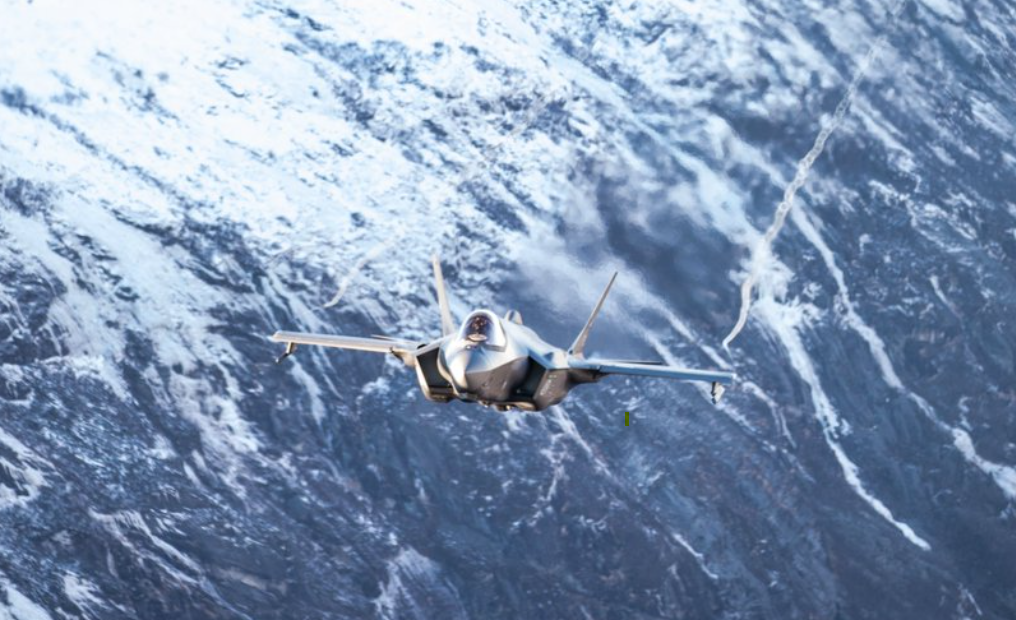China claims to have developed infrared drones capable of tracking the F-35.
Others are reading now
The F-35 Lightning II, America’s most advanced stealth fighter, was designed to be nearly undetectable. But China is developing a new detection system that could change that.
According to WP Tech, researchers from the Changchun Institute of Optics, Precision Mechanics and Physics claim to have created a stratospheric infrared detection system capable of tracking the F-35 from hundreds of kilometers away.
This technology would use infrared sensors mounted on high-altitude drones flying above 20 kilometers, passively scanning for heat emissions from the F-35’s Pratt & Whitney F135 engine.
According to Chinese researchers, their system could spot an F-35 from the front at 350 kilometers and from the rear at an astonishing 1,800 kilometers. Unlike radar, this method wouldn’t alert enemy pilots that they were being tracked, making it a potentially serious threat to stealth aircraft.
Also read
The F-35’s stealth capabilities rely on advanced coatings and a low-reflective airframe to scatter radar signals, making it nearly invisible to traditional detection systems. It also uses a thermal management system to minimize heat emissions.
However, China has already deployed JY-27A meter-wave radars, which exploit electromagnetic resonance to detect stealth aircraft, though they can’t pinpoint their exact location for missile guidance.
If China’s new system works as claimed, it could fundamentally change modern air combat.
A network of these detectors, working together, could not only locate an F-35 but also feed precise targeting data to missile systems. This could eliminate the biggest advantage stealth aircraft have enjoyed for decades. Chinese researchers admit that the technology is still years away from deployment, but if successful, it could force a major shift in how fighter jets are designed.
Rather than relying purely on stealth, future military aircraft may need to prioritize higher speeds, higher altitudes, and more advanced electronic warfare systems to counter infrared detection.
The F-35, while highly advanced, is not the fastest jet and doesn’t operate at extreme altitudes. If China perfects its detection system, the U.S. and its allies may need to rethink the future of air superiority.








